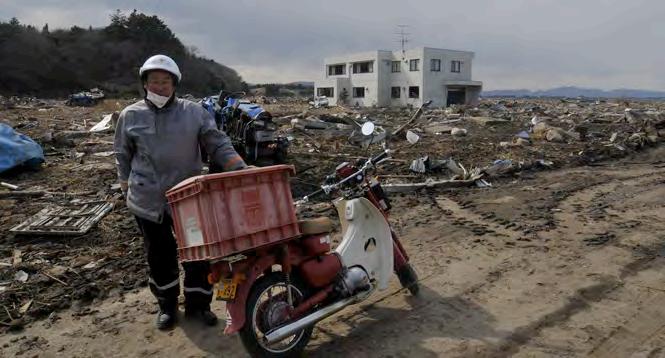
28 minute read
Private Sector
from TWSM#7
Thinking out of the box Corruption in the Private Sector
Say “No”
Advertisement
With the legal frameworks being put in place, including the UK Bribery Act 2010, employees who may previously have felt pressured to behave unethically, are in a position to ask questions and push back and are now protected by law. This focus on eliminating the scourge is vital for business to succeed. Corrupt businesses are bad businesses, with inferior products, inferior employees and no moral compass to guide the future leaders that every company is fighting to hire. I was particularly impressed by a recent candidate who chose to work for my company because of the focus on ethics that he found on the parent company’s website. In my view, there is no alternative to continuing to speak out against unethical behavior. Executives have a responsibility to support and protect their employees from unethical pressures and to ensure that commercial relationships are ethical and transparent. The rewards are great. An honest company, focused on its products and customers is more likely to succeed long term than any that tries to win by “cheating”. The level playing field will ensure that the fittest companies, not the most corrupt, survive. What employee would prefer to work for a company that is under investigation, rather than one of pristine reputation? Many who work for the News of the World newspaper or its parent company, News International, must have been asking themselves that question in recent weeks. My message to anyone working in the private sector who is asked to do something that appears to be unethical, is say “no”. In so doing, you are showing the leadership companies need in this new environment and protecting you and your company’s hard-earned reputations.•
Paul SamengoTurner
Director Finance & Administration, UCEA Region, Otis Elevator Company
An Improper Performance
Corruption is an improper performance. It is now widely accepted that bribery at large undermines democracy and the rule of law because it damages social and economic development. Business interest in combating corruption is twofold: firstly, because at stake is the principle of free and fair competition which is distorted or it is even void by malpractice; secondly, due to the exposure of corporations to liability for failure to prevent a bribe being paid on an organization’s behalf, as recently introduced by many national and international laws. Attitudes of Europeans toward corruption during any economic crisis becomes more thorny. Agents and marketers are put under additional stress and corruption tends to become a facilitation tool. Three out of four Europeans express the view that corruption is a major problem in their country; an increasing percentage one year later, in comparison to a previous review conducted in autumn 2007 by the same European Commission Eurobarometer. With this backdrop it is of no Rosario surprise that the EU citizens’ trust in Imperiali public institutions at any level, is low. Rosario Imperiali has More than half of the respondents beacquired professional lieves that corruption amongst poliexperience as a ticians and officials responsible for lawyer, academic, awarding public tenders and building and journalist. He permits, is widespread. worked as chief Most Europeans agree that legal researcher and tougher penalties and more successexecutive in the legal ful prosecutions are needed to comdepartment of IBM bat corruption which – according to estimates – would annually cost Europe something like 120 billion Euro.
(The article continues on page 41)
[W otisworldwide.com]
Whistleblowing is one of the most effective means for continuously monitoring individuals and to ensure managers follow procedures.
By SIMON CASEY. In order to understand the motivating factors of whistleblowing and some of the psychological reasons behind such action, I have categorized them into 3 different groups. The Altruistic Whistleblower. They function on higher levels of moral reasoning. They strongly believe that exposing the wrong doing is morally justifiable when the wrong exposed is very serious. The fear of losing one’s job or facing a demotion are not strong enough deterrents to compromise their beliefs. In fact, they have the ability to demonstrate independent thinking. Therefore, they believe that their observations will be taken into account and corrective measures will be implemented by the organization itself.
Editorial Whistleblowers
By BERNARD LUSKIN
Whistleblowing is a Tricky Business
A Whistleblower can be an individual who outs or opines practices or actions that are illegal, dishonest or violate the whistleblower's sense of morality or ethics. There are many new protections to guard the messenger in order to prevent the whistleblower from ending up as the victim.
In 1864, the US Congress passed the “False Claims Act” that was first signed into law by Abraham Lincoln during the Civil War. The act allowed an individual to file suit on behalf of the United States against anyone committing fraud impacting the federal government1. This is an example of an early vehicle that provided a whistleblower some protection and encouraged them to report sensitive information. The record of many whistleblowers is reflected in the reporting of dishonest or fraudulent acts within their organizations or businesses. There are also people who blow the whistle on other individuals or organizations in which they do not work but are given incentives to report and expose illegal, dishonest or socially unacceptable acts. US Qui Tam rules also encourage whistleblowers to report issues while rewarding them with a percentage of money recovered by the government as an outcome of a legal case.
WHAT PERSONALITY TYPE ENABLES A PERSON TO WILLINGLY REPORT A FELLOW EMPLOYEE, SUPERIOR, INDIVIDUAL OR GOVERNMENT AGENCY KNOWING THERE WILL BE CONSEQUENCES?
Some people would call them courageous or even heroes in instances that uncover and expose an injustice. However, one risk is that a whistleblower may become a target for retaliation. So, there must be a genetic risk propensity in the brain wiring of the whistleblower. Included in the risk is the possibility of a negative stigma, such as “Tattletale.” This possibility requires a willingness to confront adversity. Whistleblowers show up in the news often and capture our collective attention. Movies or news reports cover their lives. The most recent example is the independent movie The Whistleblower which is being released now and may be nominated for an Oscar. Other examples of famous public whistleblowers include Daniel Ellsberg and the Pentagon Papers, Jeffrey Wigand and the tobacco industry, Karen Silkwood and the nuclear industry, Cynthia Cooper and Sherron Watkins who exposed Enron2 and Julian Assange, the whistleblower who created an organization and website called WikiLeaks, dedicated to uncovering confidential government information (WikiLeaks allegedly received its information from US Army Private Bradley Manning, who is still in jail pending trial). While the notable whistleblowers identified above, with the exception of Assange and Manning, have each been vindicated and, in fact, praised for their commitment to uncover the truth, a contentious situation related to Assange and Manning is still resolving itself. In addition, there is anger in some circles that the information made public has caused collateral damage and placed many in harm’s way. On the other hand, there are those who are thrilled that WikiLeaks shed light on the reported double standards of world powers and look at WikiLeaks as “important as the Freedom of Information Act3.” The results are inconclusive at the moment and the motivation of the leakers are debatable. Julian Assange is a highly visible public figure and was the runner up for Time Magazine’s Person of the Year with readers voting 1,249,425 times for the Australian-born self-proclaimed crusader of truth and reform4. He has a strong opinion of right and wrong and possesses the dedication to continue releasing controversial information.
IS JULIAN ASSANGE A “WHISTLEBLOWER” OR IS HE A JOURNALIST WHO HAS CREATED A FORUM FOR WHISTLEBLOWERS?
Assange has not personally blown the whistle, yet he has published confidential papers that others have obtained and have given to Assange for his publication. Is he a heroic figure, a shrewd businessman or a thrill seeking exhibitionist? He may be a Pied Piper of whistleblowing, a Rupert Murdoch of the new journalism or something else? Because of the controversial nature of Assange’s
The Passive Whistleblower. These people are often found in key positions of companies. They tend to be strong willed high achievers with high levels of self-esteem. In terms of personality they tend to have strong personal values and are extremely loyal. However, when and if an organization engages in prolonged wrong doings, such as, questionable safety procedures or contract practices, the passive whistleblower will reach a point where they will overcome their fears and anxieties and be more driven by anger and determination that is consistent with their values. The Self-interested Whistleblower. Most of this whistleblowing is not driven by altruistic points of view. The self-interested whistleblowers unlike the other 2 groups do not necessarily rely on morality or ethical values. They very seldom feel any sense of organizational loyalty or connection. Their action is primarily the result of their emotional reaction to given situations. They tend to be opportunistic, emotionally unstable, vindictive, and quick to anger, with low self-esteem and a tendency to justify their actions.

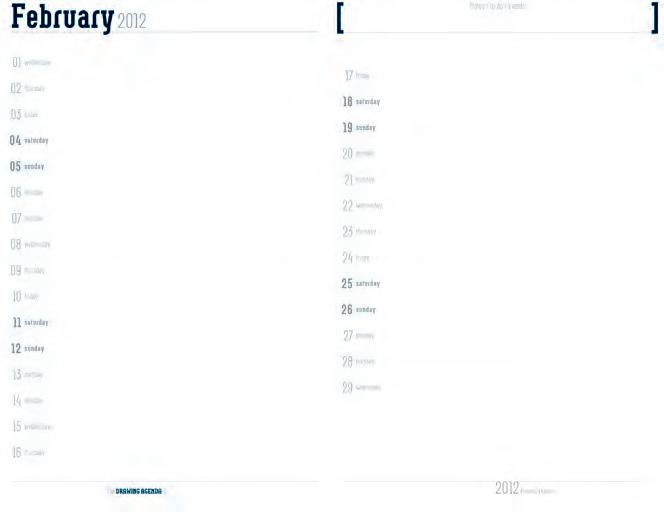
case, it is hard to classify him with a standard whistleblower’s psychological profile but I do list some general insights. My years as a psychotherapist lead me to offer the following information about the traits of a typical whistleblower:
Whistleblowers • are driven by altruism. • can overcome insecurity through exhibitionism in order to release information. • are generally moralistic, becoming committed and even obsessed about a personal belief. • have a propensity to rely on moral theories that emphasize rights. • are strong willed. • are stubbornly committed and uncom promising. • are willing to go against social conventions. • rely on their own attitudes and beliefs. • come from a mindset.
In most cases, society determines the right and wrong of social issues. Illegal or criminal exposure takes whistleblowing to another level. However, in my experience, altruism, a personally defined morality, rigidity and strong will, a willingness to counter social conventions and rely on one’s own beliefs, are the general characteristics of an individual with a propensity to expose controversial events and information. There are many lists of personality types that may apply. Some lists include an idealist, protector, visionary, enforcer, and do-gooder. In the public arena, there have been a number of high profile whistleblowers in recent years and many share a number of the personality characteristics I have described. No doubt, the psychological profile of a whistleblower captures the public’s imagination and is helpful to know for both industry and government. It is therefore important to understand this personality regardless of a person’s or institution’s opinion on the action of whistleblowing itself. Touro University Worldwide online master’s degrees include various disciplines and courses that investigate the psychology of whistleblowers and other psychological profiles, which impact Human Resource issues and business in general.•
The DRAWING AGENDA
2012 Monthly Calendars With Thirty original Illustrations
Visit our shop workstyleshop.com Order your calendars/planners for 2012, now available in a version customized with your company logo.
These notebooks are ideal for those who want to personalize their gift to a friend or client with illustrations made by some of the best artists in the world and short texts on work by international authors.
The project considers the editorials, the texts on the protection of data, reviews of books, the work cities, the unusual job and texts related to the work psychology: they are all original pieces. The Drawing Agenda 2012 Monthly Planner is an integrated promotional project that includes desk, wall and pocket calendars developed in collaboration with the Great Place to Work ® (Italy). Illustrations: The original published illustrations were created by illustrators who collaborate with the Work Style Magazine. Text: The texts are excerpts of the magazine articles and are related to the illustrations. Customizations: They can be customized with your brand logos, desk calendars and wall boards.
Contact us and visit our shop.

The DRAWING AGENDA 2012 Monthly Planner by
Work Style
in
The DRAWING AGENDA 2012 Monthly Planner by Work Style collaboration withRaggio Verde in
The DRAWING AGENDA 2012 Monthly Planner by Work Style in collaboration with Raggio Verde The DRAWING AGENDA 2012 Monthly Planner by Work Style in collaboration withRaggio Verde The DRAWING AGENDA 2012 Monthly Planner by Work Style in collaboration with Raggio Verde collaboration with Raggio Verde
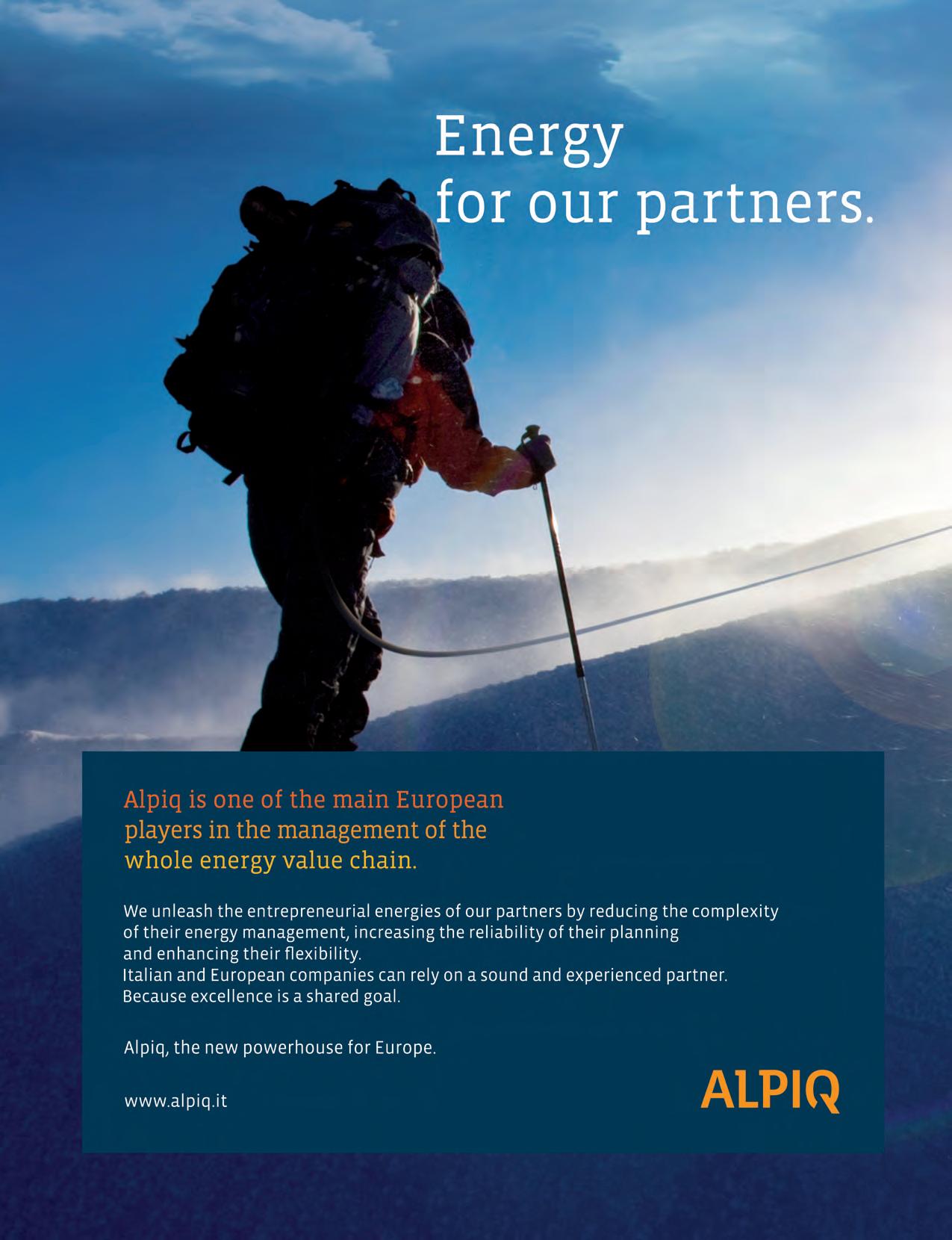
Recognition Successfully Balancing
Competing Organizational Needs
Organizations focused on success typically have a number of activities on-going at any one time of varying project lengths, requiring differing investments of financial and human resources. Result: projects may appear to conflict and potentially hamper the organization’s success.
By JENNIFER C. LOFTUS
HOW CAN ORGANIZATIONS ENSURE THAT THEIR IMMEDIATE AND LONG-
TERM INITIATIVES MUTUALLY SUP-
PORT THEIR OVERALL STRATEGIES?
Planning and communication are both essential to ensuring the needs of the short run do not overpower those of the long run, and vice versa. Successful organizations first start with a well-delineated strategic plan. Ideally, an organization will examine the following: 1. What the organization currently does well (Strengths), 2. Where the organization has room for improvement (Weaknesses), 3. Opportunities in the external market on which the organization can capitalize, and 4. Threats in the external environment, over which the organization may have little control, which could hamper organizational success. All tactical implementation steps, or short and long-term goals, flow from and relate directly back to the strategic plan. If an organizational initiative does not link to the strategic plan, management must immediately question why the organization is undertaking the initiative and take action accordingly.
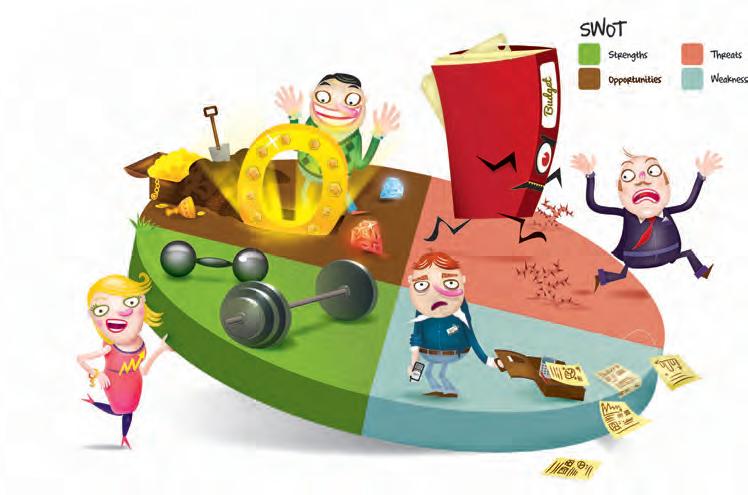
FOCUS ON STRATEGIC PLAN
Detailed communications regarding an organization’s strategic plan are essential to ensure all employees understand where the organization is headed and the path it will follow to get there. Directly linking individual employee activities and projects to the strategically aligned short and long-term goals provides further reinforcement. Additionally, through these communications, employees may recognize potential conflicts or roadblocks not considered by the strategic planning team. Faster identification allows for swifter resolution and realignment.
INCENTIVE PLAN Organizations may use an incentive plan as a tactical implementation tool to support goal achievement. A carefully structured incentive plan can simultaneously reward employees for short-term achievements and progress towards long-term goals. Consider the organization that wants to increase net income without decreasing customer satisfaction levels. In the organization’s incentive plan, employees may receive payouts each year upon attainment of annual net income goals, subject to adjustment for a decrease in customer satisfaction scores. At the end of the long-term period, say three years, employees can receive an additional incentive payout for attaining the long-term customer satisfaction goal.
The case. A New York City-based service organization with employees across the Us was experiencing high workers’ compensation costs from employee workplace injuries. The nature of the firm’s work made employee safety a critical concern, particularly for skilled and unskilled laborers. • The SWOT Result. The recent strategic planning and SWOT analysis identified cost control as a weakness and important focus for the future. • The strategic plan. To convey the strategic goal of “cost control” to employees in terms that resonated with their jobs, the organization instituted a quarterly safety incentive. • The Plan. During each quarter, management shared current injury statistics with employees through continuous communication. All employees at a specific location would receive a bonus of $50 – $100 for each quarter without injuries or workers’ compensation claims. The payouts from the incentive plan were far less than the savings the firm enjoyed by reducing its workers’ compensation claims.
Competing priorities are a given in our world. In today’s business climate, it is easy to focus on the short-term, to the potential detriment of the long-term. Successful organizations balance these competing needs through strategic planning and goal setting, continuous communication, and supportive tools. By keeping an eye on the next three months, as well as the next three years, organizations ensure an environment supportive of success.•
Training Be Creative
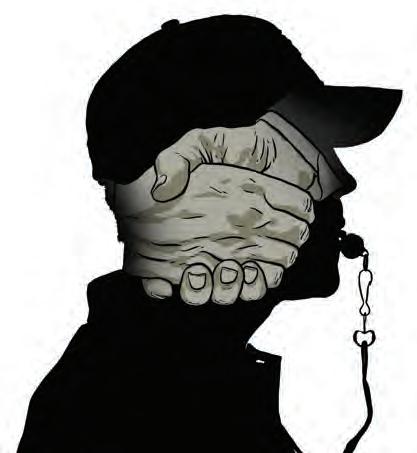
Training New Generation
Training. What is it ? Boring when you are sitting in front of a table listening to someone for 3 days, or dreaming concepts, which are always rejected by your boss !
By EMMANUEL MAINDRON
We can say that training in a big room where someone is telling you how to become a seller in 2 days thanks to 10 principles is over. Now we are moving to the next training generation. Interactive, entertaining, adaptable and focused on each individual.
MORE AND MORE INDEPENDENT WORKERS
Every country in the world has a huge variety of training companies and freelance people in order to help you to be THE BEST. There are more and more workers (HRD, Consultants, Directors) who leave their jobs in order to become independent trainers.
TRAINING IS CHANGING:
NEW CONCEPTS & MATERIALS
Ten years ago the needs in training were different. People were asking about training for a new software or training about how to improve themselves for selling a new product and the new rules in accountability… Today, everything is different. Your company tries to open your mind, to show you new situations, new challenges… your company tries to give you a global training, not only a product or job training. Even if most trainings are about your job or about how to improve yourself in your current position, it’s interesting to underline the important growth of personal improvement training. They are coaches, HRD, consultants, sportsmen, actors… and they come to your company to apply other specialties (such as emergency rescue, music, theatre, sports…) that you don’t know, in order to show you the links with your job and to be more efficient in your management!!! They try to open your mind to other worlds and to help yourself in your daily tasks.
COMPANIES WHO WILL SURVIVE IN THE FUTURE ARE
THE ONES WHO ENCOURAGE CREATIVITY TODAY
Maurice Zeldman Lots of companies hesitate to take into consideration creative training. Training can be about laughter (you can read our article about laughter in our last issue), about how to manage the risk thanks to Emergency Rescue Specialist, about performance (some sportsmen are specialists of the topic). Even if the start of these kind of training is slow the MNC are more and more interested by that and they start to allow a budget for this new original concept.
• Stephen Bunard. Creator of the network Coaching&Com has been working for ten years on the topic «how to speak in public to help themselves to find their own way of communication (words, attitudes …)». According to him the needs in training and coaching are changing. CEOs know that actually, with the new media, they need to speak with total openness. Public opinion is more and more aware about the truth. He is coaching some executive managers to help them explore how to speak. According to Stephen Bunard, it’s important to speak the truth and to communicate with honesty. The goal is to work on the message, on your body position (thanks to synergology) «The times where everything was undercontrol are over ! » We need to coach to control our words and what we do.
• Luc Teyssier, Luc Teyssier, CEO at Pygmalion Communication, organizes
training and coaching sessions (individual & groups). He’s doing his job by using an approach based on behavior. For him an actor plays a character in a good way when he adopts his accent, his way of walking… He does the same with his «students» to give them the «key» to their way of being. He gives us an example. Some employees didn’t understand that some colleagues can see them in a different way that they would like to be per-
ceived. Thanks to this approach they can understand better that their body (or words) can give to other people a meaning that can be interpreted in a different way by others. According to Luc Teyssier our body is an instrument that we need to know.
EVERY PROBLEM
HAS A TRAINING ANSWER !
Actually we can notice some creativity on short and often one-shot trainings. Companies use the words «conference», «team-building» but step by step training professionnals create programs for all kind of companies. Doing an oral presentation is impossible for you? Doesn’t matter. On Internet you can find a training with an actor and for a week you will do exercices with him (and other people with the same problem) to learn how to speak to your colleagues. You don’t succeed in your management because no one takes you seriously enough? Don’t worry, there’s a training. A cook (often retired) will bring you in a kitchen during an entire week and you will learn with him how to manage people with stress and authority. So, in a word, concept and content are actually linked in a training. It’s necessary to find new concept to the training in order to obtain, in addition to knowledge, aptitudes and experiences. And that’s sure a classic lesson to learn Excel is easy and you can take it, but a classic lesson to learn how to move, how to speak … is complicated!!! Employees are looking for new experiences, new feelings, they want to discover new fields, things that they never do… They need to be surprised and entertained, as if they were watching television.
TRAINING NEW GENERATION
But this evolution is normal. If you take «Marketing» as an example. This topic has, in a first time, considered the consumer has ‘passive’ by giving him information about a product. It was focused on the product not on the consumer. Actually, companies are focused on the consumer. The client is «consumer-actor». He interacts with the companies and marketing people need to be creative to seduce them and to create needs… It’s the same for training. Employees are the heart of the company. They want to draw their own professional path. We are spending a big part of our life inside the company. In this way people are asking more and more things to the companies. They want to obtain consideration, they want more than «just a job». They want to share feelings, moments, experiences… So here we are in the new generation training. The one where the employees are in the heart of the training. Training needs to be focused on them, designed for them, and give them new sensations. Training needs to consider them as men/women and not just as employees. next decades, to go to other countries to help people, to clean beaches, to learn how environment is important… It already exists but it’s one shot operation and not considered as training. Companies are the most important actors in our lives because they will help us discover ourselves thanks to experiences and activities that we will never do otherwise. •
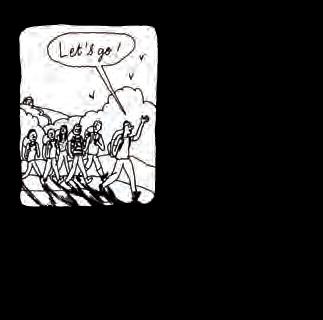
COACHING IN THE WORLD
Coaching concept was born in USA and Canada. Created for companies, coaching is actually applied to the daily life in USA. You can have a coach to help you go shopping, do sports… In this way USA are still in the 3rd generation of training. Personal training (the one where you train yourself for your personal life). In Europe we are just in the second generation. Companies are moving from old trainings to this new kind of coaching. United Kingdom, according to ICF (International Coach Federation) has been developing this training since 2002. Actually, coaching represent 30 – 40% of the training budget of companies in UK. In Russia, this market is growing really fastly, 20% by year! This evolution can let us think that the Eastern Europe countries will be a huge market for coaching. According to the website: DualExpat.com “Asia, where lives 60% of the world population, has just 10% of the planet coaches, an opportunity for this profession. At the opposite, in Australia there is 1 coach for 7500 inhabitants (most significant ratio in the world).”
Highly
SEND BY FAX 0039 02 80581659 Recommended ! ➔✁
Just 6.19 ¤ An Issue
❏ One year (4 Issues) 24,76 ¤
Full Name
Company Name
Address
City State Zip
COACHING IN THE FUTURE Companies are becoming ecologic, social, humanitarian. Training will move in a new concept. It could offer, in the
Best Deal!
➔
❏ Two years (8 issues) 49,99 ¤
Coaching Crisis Mangement
Cold-Blooded and Quick
Crisis Management. Two words that strike fear into the hearts of bosses all over the world when events spin out of control and begin to devour reputations, people and the corporate bottom line.
By ALLAN HALL
SCANDALS
The business world is littered with such disasters, many of them very recent. Just a year ago the global conglomerate BP became the poster boy for how NOT to respond to a natural catastrophe when one of its rigs blew up in the Gulf of Mexico and began spewing oil at a phenomenal rate into the pristine seawater. The floundering response of BP, caught as it was between unpreparedness both for the disaster and the media spotlight which shone on it, was to costs CEO Tony Hayward his job. It almost cost him more than that; he and his family needed round-the-clock police protection at the height of the disaster following death threats. Another more recent scandal is that which has engulded the British newspaper arm of global media giant News Corporation. While the endgame still has to be played out, with charges pending against many senior executives and police officers who took bribes from a newspaper, the handling of the crisis has been nothing short of atrocious.
EVEN “EXPERTS” CAN BE WRONG
One might think that a newspaper company, skilled in the arts of communications, might have been better able to control information and how to portray its best side. But ever since accusations were levelled against the News of the World newspaper that its journalists had hacked into the mobile telephones of celebrities, the parents of child murder victims and the relatives of soldiers killed in Afghanistan and Iraq, the organization went into denial mode. First it said that only one “rogue reporter” was involved. Then it could not explain away cash payments totalling hundreds of thousands of dollars paid to celebrities
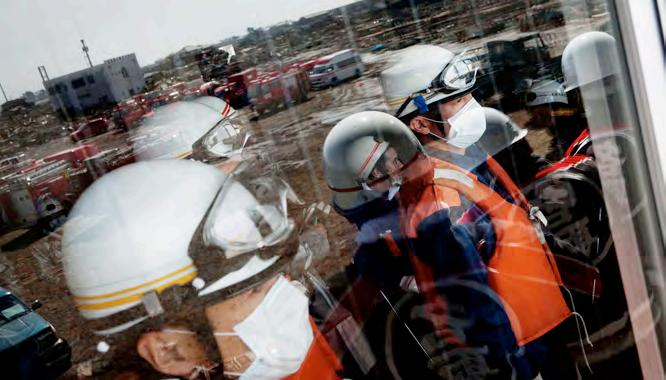
01
to keep quiet. Then, as advertisers began pulling away from the “toxic” brand, the boss Rupert Murdoch took the drastic decision in July 2011 to axe the thing altogether - this despite revenue streams of close to 300 million dollars a year!
HOW CAN WE PUT
“A PATCH” ON THE ERRORS?
So if we accept the premise that managers make mistakes, the next question must surely be: how do we minimize them and begin once again to restore public trust in a company and its products? Mike Leidig, the British owner of the Central European News Media agency in Vienna, is a man well versed in trying to clean up the image of clients who range from banks to computer websites and charities. “I remember a few years back,” he said, “when a well-known Austrian bank was having enormous image difficulties following a scandal involving board bonuses at a time when it was calling in loans
When a ship parks in front of your house it means that there’s a
problem in sight. Not all crises can be spotted immediately. The ones generated by natural events have the “good asset” of making a lot of “noise”. If teams are well organized they intervene and resolve the situation, just as the Japanese did, a few months ago. When teams are not organized, or they do not realize they are in a crisis (as it happened in the case of BP last year in the Gulf of Mexico) it all results in a disaster within a disaster. 01 Firefighters after evacuating a community center in Japan. Photo by Ko Sasaki 02 Ship stuck after earthquake. Photo by Toshiki Senoue
from charities and putting the squeeze on small business who couldn’t get credit.” I had performed some PR training sessions for the bank and they came to me and my specialists to try to turn public opinion around. They wanted some airy-fairy stuff about corporate charities they supported, about how hard working their managers had been - and they wanted an attack on the media, blaming it for unfair reporting. “I said go ahead: tell a news organization how bad they are...and then watch as the press REALLY gears up to rip into your organization and the people who run it. “My advice was the advice I give all clients; be proactive. Go on the offensive. In this case it meant a review of certain bonuses promised, a reduction of the biggest ones with payments made to charity of the difference and the pledge that in future, all bonuses would only be linked to productivity. “Within a week the negative headlines dried up. Within two months a stock price that had fallen by seven percent at the start of the crisis was back to its normal level. And the bank is thriving to this day. “You know, this is not rocket science. But so much of business management technique in the world is to be aggressive, bullish, take-no-prisoners, that the suits in charge of corporate images often forget that sugar is so much more palatable than vinegar!”
WHEN DOES A SIMPLE ERROR BECOME A CRISIS?
Jonathan Bernstein of Bernstein Crisis Management Inc. in America defines a crisis as “any situation that is threatening or could threaten to harm people or property, seriously interrupt business, damage reputation and/or negatively impact share value.” The author of several books on crisis management, said; “All organizations
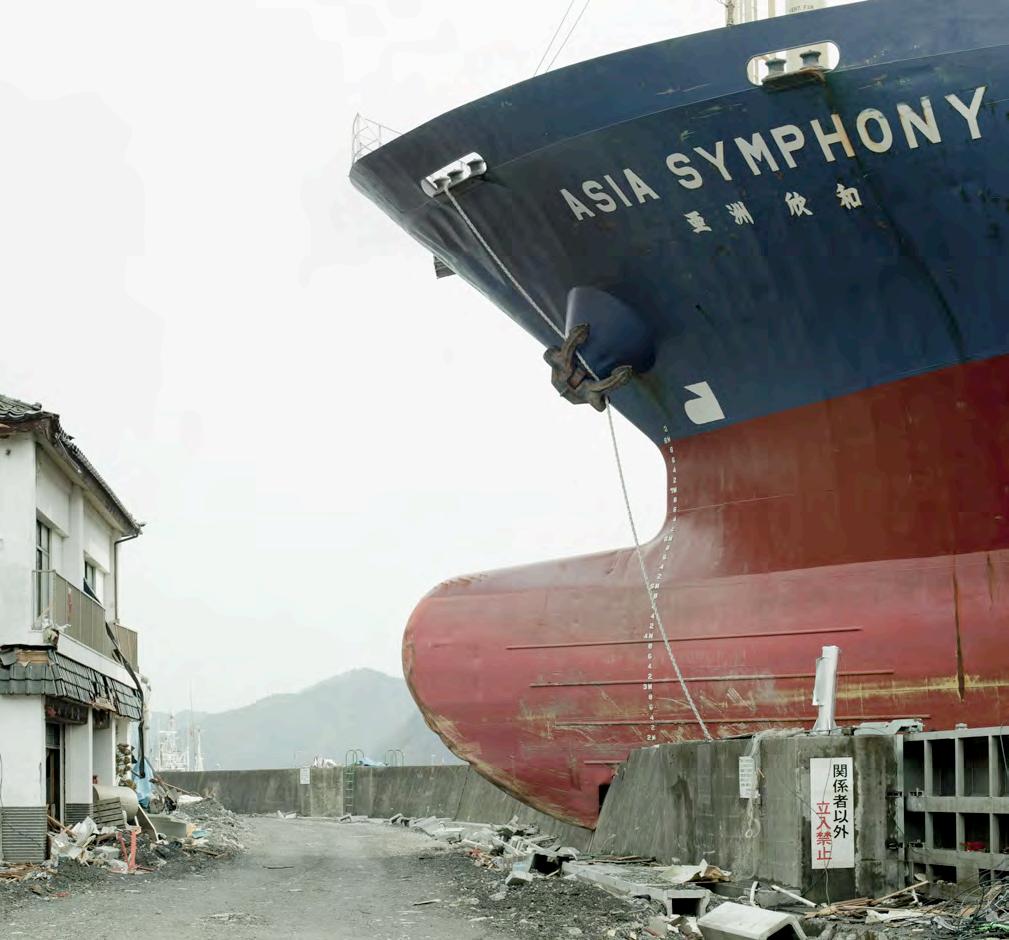
02
are vulnerable to crises. You can’t serve any population without being subjected to situations involving lawsuits, accusations of impropriety, sudden changes in ownership or management, and other volatile situations on which your stakeholders — and the media that serves them — often focus. “The cheapest way to turn experience into future profits is to learn from others’ mistakes. In an era of 24-hour TV and Web coverage, damage to a reputation can occur almost instantaneously. For years after a debacle takes place, it can remain etched in public memory thanks to poor crisis public relations, while a successful effort can make the scandal soon forgotten. When time is limited and every move by a corporation or an individual faces close scrutiny, crisis PR specialists come to the rescue to restore faith in a brand or name.”
WHAT REALLY WORKS WHEN A CEO IS HIT BY A CRISIS?
Kathy Cripps, president of the Council of Public Relations Firms in New York City, said, “CEOs have come to understand the importance of crises and protecting their reputation. I think with that understanding companies can act more quickly when problems or potential problems arise.” So what works in putting wrong right?
PROBLEMS
DO NOT RESOLVE THEMSELVES
David Brown is a crisis management expert at Lewis PR, a London based company with offices around the world including San Francisco and Singapore. Winner of the Small Agency of the Year award in 2009 and a finalist in the SC Magazine Europe PR Company of the Year awards the same year, David said the day of “hiding in the sand and hoping trouble will go away will no longer work.” He says that companies in trouble could do a lot worse than to emulate the actions of Sir Richard Branson, the highprofile, high-energy boss of the Virgin empire which encompasses music, media and transport. In 2007 an elderly woman died and five other passengers were seriously hurt in a Virgin train derailment in Cumbria. Several carriages were left on their side after a Virgin London to Glasgow service crashed at Grayrigg, near Kendal. Within minutes the train, the Virgin logo and the scene of carnage was rolling out on news channels around the world as the walking wounded staggered around the wreckage. “Branson was staring at a potential PR nightmare,” said David, a former national newspaper journalist in Britain. But what he did next defused much of the potential for disaster. “Many executives would have hidden in their boardrooms.” They would have wheeled out an army of highly-paid PRs, which he could clearly afford. But Richard Branson, who is more closely identified with his brand than perhaps any other executive with any other global company, took a different track. Donning an anorak and Wellington boots he turned up at the scene of the disaster. He hailed the courage of the train driver and conveyed his sadness to the family of the deceased victim, Margaret “Peggy” Masson, 84, from Glasgow, Scotland. He offered support to the family of Mrs. Masson and made sure carers and Virgin company employees were at her funeral. His concern prompted praise from the clergyman who led her funeral service. In the days following the crash he refused no media interview, he dodged no difficult questions. Coming at a time when the British Ministry of Defence was under fire for its PR concerning plane crashes in Iraq and Afghanistan, he earned exemplary praise. Mr. Brown said, “In contrast to the nearhysterical paranoid secrecy of our chain of command whenever a military aircraft is involved in a crash, Sir Richard Branson was on the scene, and the manner in which he fielded the questions from the press was nothing short of exemplary. Key actors were named less than 12 hours after the fact, and the whole mood of the coverage on the TV news was supportive, sympathetic and informative. “This is the lesson that corporations must learn; to be human, not faceless, to be humble, not arrogant, to be bold, not scared. We are all human, even tycoons, and it is a lesson that Rupert Murdoch, for example, may have learned too little, too late, to save his global empire.” •
